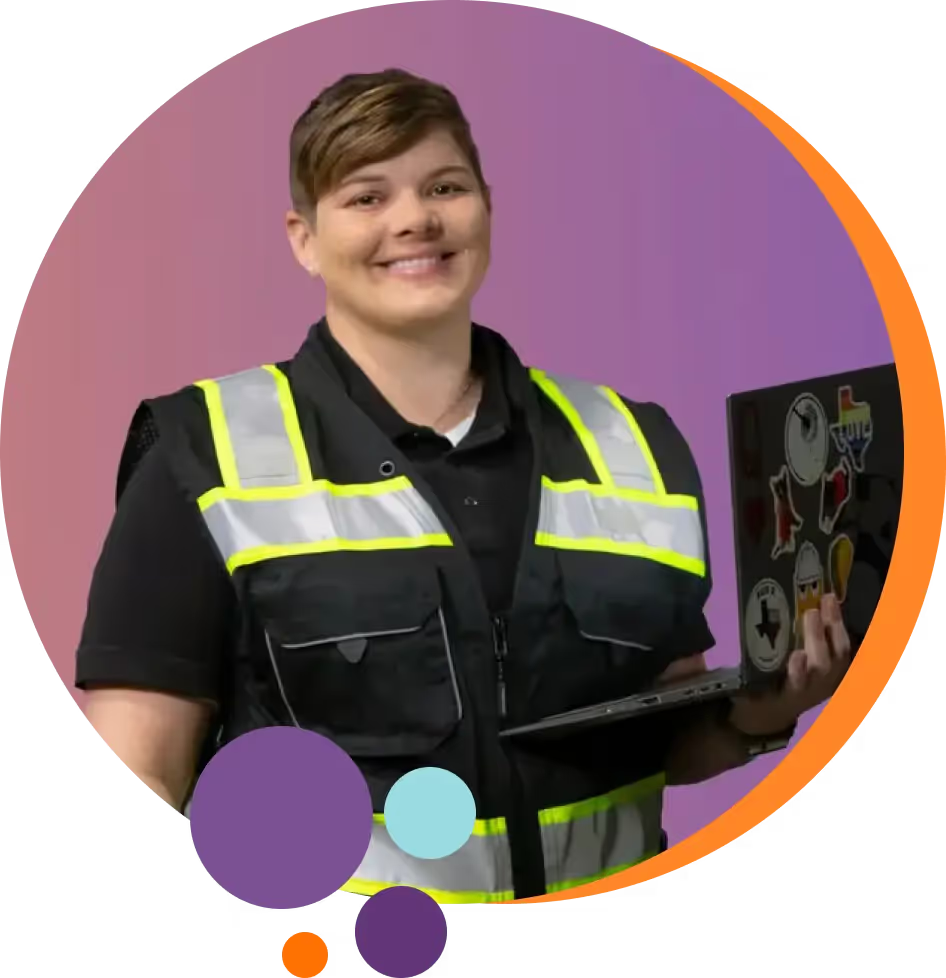1. Maintenance Technician
Maintenance technicians maintain, inspect, troubleshoot, and repair complex mechanical, electrical, industrial, and other systems.
These skilled professionals are responsible for the safe and efficient operation of machinery, equipment, and systems in a variety of settings.
These can range from manufacturing plants and commercial buildings to hospitals and residential complexes.
They are key to optimized productivity and minimal downtime and disruptions in the various types of facilities they operate in.

Why It’s Easy to Learn
This trade is one of the easiest to learn due to its broad scope, relatively simple tasks, and practical training options.
Even though there are various types of specializations within the field, most maintenance technician roles involve a mix of technical skills, attention to detail, and problem-solving ability.
In the right learning environment, anybody with these basic traits can acquire the necessary skills, hands-on experience, and knowledge required for the job in as little as a few weeks.
Most tasks of a maintenance technician are repetitive and can be easily mastered with practice, which makes the learning curve manageable.
On-the-Job Training
Most employers provide hands-on training to allow beginners to learn while working.
Entry-level maintenance technicians often start with basic tasks like changing filters or lubricating machinery before progressing to more complex maintenance and repairs.
No Specialized Knowledge Required
Unlike trades requiring a background in advanced math or engineering, the role of a maintenance technician thrives on practical skills.
Basic problem-solving ability and familiarity with tools are often enough to get started.
Abundance of Resources
Online learning platforms like Unmudl, tutorials, community college courses, and employer-led workshops make it easy to pick up the necessary skills quickly.
Education and Training Requirements
A high school diploma or GED is typically sufficient in terms of educational requirements. Courses in relevant disciplines like shop, math, or mechanical drawing can be helpful but are not mandatory.
Training: Many maintenance technicians enter the workforce with on-the-job training programs that can last anywhere from a few weeks to a few months.
You can also opt for short-term certificate programs at a community college or trade school, which take 6-12 months and cover topics like electrical systems, plumbing, and HVAC basics.
Certifications: While not always required, certifications like the EPA Section 608 for handling refrigerants or the Certified Maintenance and Reliability Technician (CMRT) credential can enhance job prospects.
Experience: Entry-level positions often require no prior experience, with employers valuing a willingness to learn and basic mechanical aptitude.
Annual Salary: This job comes with an average annual salary of over $55,000. Entry-level positions start at $39,618 per year while technicians with long experience or specializations can earn up to $76,540.
2. Electrician’s Apprentice
An electrician’s apprentice or helper is someone who assists a licensed electrician in the installation, maintenance, and repair of electrical systems.
This entry-level but paid role is a stepping stone to becoming a full electrician. The supportive nature and structured training provided in this proposition provide the foundation for a successful career in the electrical trade.
Why It’s Easy to Learn
An electrician’s apprentice performs basic tasks like running cables, installing outlets, or preparing job sites - all of which require minimal technical knowledge.
Working under the direct supervision of an experienced electrician makes it easy to master complex skills in a relatively short period.
Structured Apprenticeship Programs
The position of an electrician’s apprentice is generally part of a formal apprenticeship program that combines paid on-the-job training with structured classroom instruction.
These programs are designed for beginners and break down electrical concepts into easily digestible chunks.
Repetitive Tasks
The electrical trade involves repetitive tasks like stripping wires or mounting fixtures. Such tasks are easy to quickly gain competence in.
Ample Points of Entry Into the Workforce
The consistent demand for electrical workers means employers are often willing to hire candidates with little to no experience and train them in-house.
Education and Training Requirements
As with several other trades, a high school diploma or equivalent is typically the only educational requirement for this job.
Basic math and physics knowledge is helpful for grasping electrical principles but not mandatory at the level of an electrician’s apprentice.
Training: The apprenticeship program usually lasts from one to two years for entry-level roles. They include 100 to 200 hours of classroom instruction together with rigorous hands-on training.
Certifications: No certifications are required to start in this role, though some pursue credentials like Occupational Safety and Health Administration (OSHA) certification.
Experience: The electrician’s apprentice role is designed for beginners, so no prior experience is needed. A strong work ethic and attention to safety are must-have traits, though.
Annual Salary: These entry-level professionals make a median annual salary of $42,900, with scope for overtime pay in some cases.
























